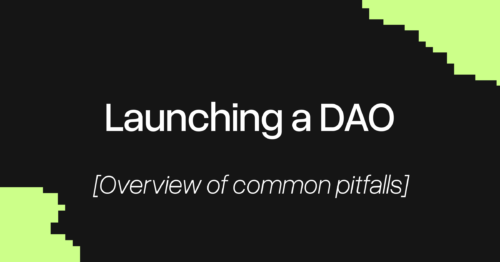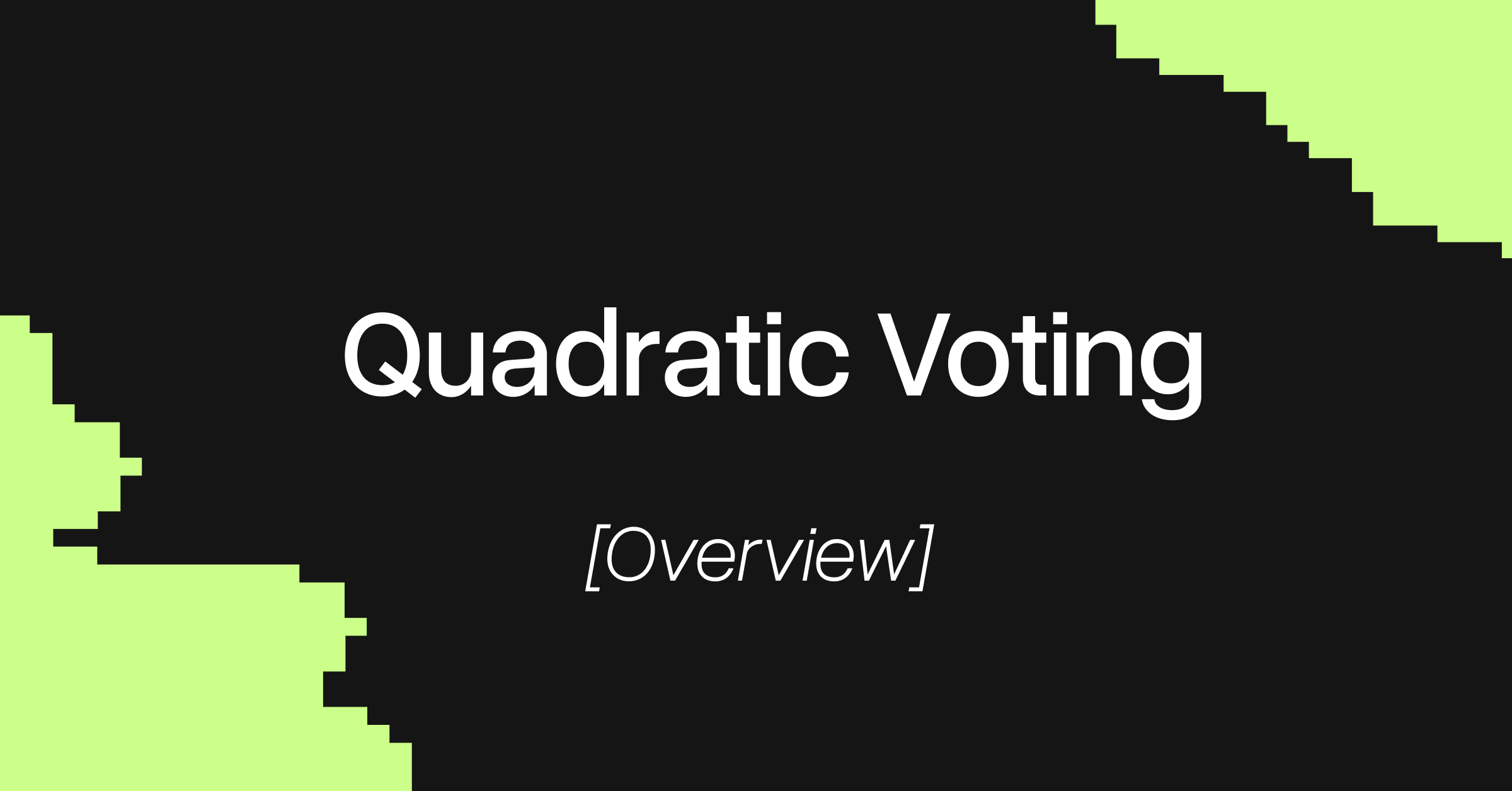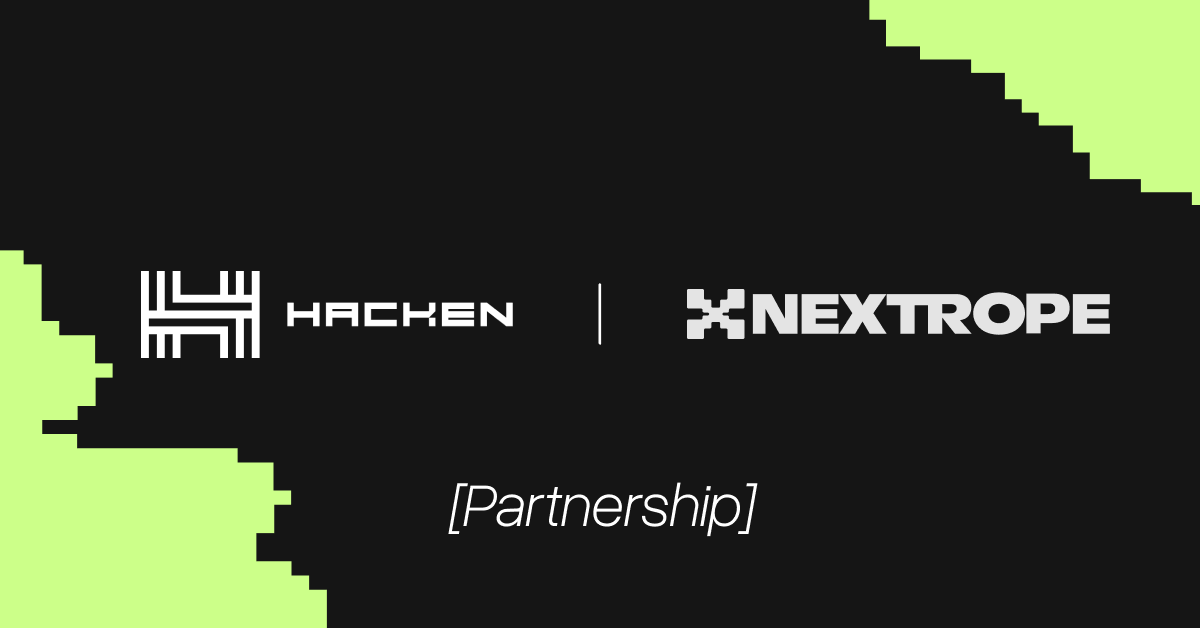Decentralized Autonomous Organizations (DAOs) represent a fundamental shift in how communities, companies, and initiatives can coordinate efforts, funds, and decisions on the blockchain. By leveraging transparent smart contracts and on-chain governance mechanisms, DAOs aim to distribute authority, reduce overhead, and foster a more democratic decision-making process. However, building a successful DAO isn’t just about cutting-edge tech or grand ideas—it also requires a clear vision, well-crafted governance rules, and a strategically engaged community.
In this article, we’ll take a counterintuitive approach by highlighting how not to create a DAO. By focusing on common pitfalls—from legal oversights to governance missteps—we can better understand what truly contributes to a thriving, sustainable DAO. This perspective aligns with the importance of recognizing cognitive biases, such as insensitivity to base rates and the conjunction fallacy, which often lead enthusiastic founders to overlook real-world data and complexity. Avoiding these traps can be the difference between launching a resilient DAO and watching an ambitious project crumble under misaligned structures or unmet expectations.

2. Missing the Governance Threshold Mark
Governance Thresholds Gone Wrong
Governance thresholds dictate how many votes or what percentage of voting power is needed to pass a proposal within a DAO. Striking the right balance here is crucial. Thresholds that are set too high can stifle progress by making it nearly impossible for proposals to succeed, effectively discouraging member participation. On the other hand, thresholds that are too low can lead to frivolous proposals or constant voting spam, making governance more of a burden than a benefit.
When designing your DAO’s thresholds, consider:
- Community size and engagement levels: Larger communities might handle higher thresholds more comfortably, while smaller groups may benefit from lower requirements to encourage active participation.
- Type of proposals: Operational decisions may need a lower threshold, whereas critical changes (such as tokenomics or treasury management) often require more consensus.
- Voter fatigue: The more frequently members are asked to vote—and if it’s too easy to put forward proposals—the greater the risk of apathy or disengagement.
Over-Complex vs. Over-Simplified Governance
It’s tempting to either pile on complicated governance rules or oversimplify them to keep decision-making quick. However, both extremes can be problematic. Simplicity in governance is key to enhancing clarity and participation. Overly complex smart contracts and procedural layers can dissuade newcomers from getting involved, while an oversimplified model might fail to address potential conflicts or security vulnerabilities.
Some issues to watch out for:
- Complex Smart Contracts: More code means more potential bugs and greater difficulty in auditing or updating governance logic.
- Opaque Voting Processes: If members can’t easily understand how votes are tallied or how proposals are introduced, engagement drops.
- Excessive Centralization in “Simple” Models: In trying to streamline governance, some DAOs inadvertently concentrate power in the hands of a few decision-makers.
Ultimately, aiming for a balanced governance framework—one that is easy enough for members to participate in but comprehensive enough to protect the DAO from abuse—is central to avoiding the pitfalls of governance threshold mismanagement.
3. Underestimating Legal and Regulatory Aspects
Legal Wrappers and Compliance
Building a DAO without considering legal and regulatory frameworks is a common recipe for disaster. While decentralization is a powerful concept, it doesn’t absolve projects from potential liabilities and compliance obligations. Assigning your DAO a formal legal wrapper—whether it’s a foundation, a cooperative, an LLC, or another entity type—can help mitigate personal risks for contributors and align your organization with existing regulatory regimes.
Failing to think through these details often leads to:
- Personal Liability for Founders: Without a proper legal entity, core contributors might become personally responsible for any legal disputes or financial mishaps involving the DAO.
- Regulatory Crackdowns: Governing bodies worldwide are actively monitoring DAOs for compliance with securities laws, anti-money laundering (AML) regulations, and tax obligations. Ignoring these can lead to penalties, fines, or forced shutdowns.
Non-Existent or Inadequate Documentation
Equally problematic is the lack of clear documentation outlining the DAO’s legal structure and operational protocols. From voting procedures to treasury management, every aspect of the DAO’s lifecycle should be properly documented to reduce ambiguity and help new members understand their responsibilities. Inadequate documentation or outright neglect can create:
- Confusion Over Roles and Responsibilities: Without explicit definitions, it’s easy for tasks to fall through the cracks or for disagreements to escalate.
- Inability to Enforce Rules: DAOs rely on both smart contracts and social consensus. Formalizing rules in documentation helps ensure consistent enforcement and prevents unwelcome surprises.
In short, underestimating the legal dimension of DAO creation can derail even the most innovative projects. By proactively addressing legal and regulatory considerations—and maintaining thorough documentation—you not only protect core contributors but also fortify trust within your community and with external stakeholders.
Overlooking Community Building
The Importance of Community Engagement
A DAO, at its core, is nothing without an active and supportive community. Driving grassroots enthusiasm and participation is often the deciding factor between a thriving DAO and one that fizzles out. Yet, it’s surprisingly easy to underestimate just how vital it is to nurture community trust and engagement—especially during the early stages.
Some common pitfalls include:
- Treating Community Members as Passive Observers
Instead of viewing your community as a dynamic force, you might slip into a one-way communication style. This discourages members from taking initiative or contributing fresh ideas.- Lack of Clear Roles and Channels
Without well-defined roles and open communication channels—like forums, Discord servers, or governance platforms—members can feel confused about where to participate or how to add value.- Ignoring Early Feedback
In a DAO, the “wisdom of the crowd” can be a powerful asset. Overlooking or trivializing user feedback can lead to missed opportunities for innovation and improvement.Failing to Incentivize Properly
Well-structured incentives lie at the heart of any successful DAO. Whether you’re offering governance tokens, staking rewards, or recognition badges, these incentives must be aligned with the DAO’s long-term goals. Misalignment often causes short-sighted behavior, where participants chase quick rewards rather than contributing meaningfully.
- Overemphasis on Token Speculation
If the primary draw for community members is the promise of quick token price gains, you risk attracting speculators instead of builders. This can lead to fleeting participation and sell-offs at the first sign of trouble.- Neglecting Non-Monetary Rewards
Recognition, social standing, and meaningful collaboration can be just as powerful as financial incentives. When a DAO fails to provide pathways for skill development or leadership, member engagement wanes.- Cognitive Bias Traps
Biases such as the conjunction fallacy can mislead founders into believing that if multiple positive outcomes are possible (e.g., rising token prices, active participation, mainstream adoption), then all those outcomes will inevitably happen together. This wishful thinking can blind DAOs to the need for thoughtful, data-driven incentive models.To avoid these pitfalls, DAO creators must actively foster a culture of transparency, collaboration, and mutual respect. By setting clear expectations, leveraging diverse incentive structures, and consistently involving community feedback, you ensure members are motivated to contribute more than just their votes—they become co-creators in the DAO’s shared vision.
5. Ignoring Technical Considerations
Token Standards and Governance Frameworks
A solid technical foundation is essential when you create a DAO, particularly if it involves on-chain governance. Selecting the appropriate token standards and governance frameworks can significantly impact your DAO’s security, efficiency, and scalability.
Some pitfalls to watch out for include:
- Choosing Incompatible Token Standards
If your DAO relies on a token that isn’t easily integrated with governance contracts or lacks upgradeability, you might face roadblocks when implementing new features or patching vulnerabilities.- Underestimating Smart Contract Complexity
Even “simple” governance tokens can hide complex logic behind the scenes. Overlooking these complexities may result in bugs, lockouts, or exploits that harm the DAO’s reputation and finances.- Ignoring Off-Chain vs. On-Chain Dynamics
Governance strategies often combine on-chain decisions with off-chain discussions (e.g., using platforms like Discord or forums). Failing to synchronize these two spheres can fracture community engagement and hamper decision-making.Poor Architecture and Security
Robust security isn’t just about preventing hacks—it's about building an architecture that can adapt to evolving threats and changing community needs.
Key oversights include:
- Inadequate Auditing
Smart contracts require thorough reviews, both automated and manual. Rushing to mainnet deployment without proper audits can lead to major losses—financial, reputational, or both.- No Contingency Plans
If a vulnerability is discovered, how will you respond? Lacking emergency procedures or fallback governance mechanisms can leave a DAO paralyzed when critical decisions must be made quickly.- Over-Engineered Solutions
While security is paramount, over-complicating the DAO’s architecture can create unintended vulnerabilities. Keeping your setup as simple as possible reduces attack surfaces and makes it easier for community members to understand and trust the system.In short, technical considerations form the bedrock of a functional DAO. Choosing appropriate token standards, thoroughly auditing contracts, and designing for both present-day and future needs are non-negotiable steps in avoiding costly pitfalls.
Best Practices and Lessons
When studying successful DAOs, certain themes emerge time and again. According to Aragon the most robust DAOs share a commitment to simplicity, iteration, and transparent governance. Instead of rolling out overly sophisticated models from day one, they evolve and adapt based on community feedback and real-world performance.
Here are a few best practices worth emulating:
- Iterative Approach to Governance
Start small and build up. Launch a Minimal Viable DAO (MVD) to test voting processes, incentive mechanisms, and proposal management. Gather community feedback and refine before taking bigger steps.- Simple, Transparent Rules and Processes
Ensure proposals are easy to understand and that the voting process is accessible to all token holders. Overly complicated frameworks can dissuade new members from participating.- Clear Roles and Shared Responsibilities
Define contributor and community member roles early on. Whether you rely on working groups, committees, or elected leaders, clarity prevents power vacuums and fosters collaboration.- Open Communication and Education
From Discord channels to public documentation, keep conversation and learning at the heart of your DAO. Encourage members to ask questions, propose improvements, and take leadership roles.Academic Perspectives
Beyond practical experience, a growing body of research offers theoretical insights that can strengthen DAO governance. The discusses emerging patterns in DAOs, including how incentives and on-chain rules interact with off-chain social dynamics. By examining these findings, DAO creators can better anticipate challenges—like voter apathy, whale influence, or collusion—and integrate solutions from the outset.
Incorporating academic perspectives can help:
- Validate Governance Assumptions
Empirical data and rigorous analyses can confirm or challenge the assumptions behind your DAO’s architecture, preventing costly mistakes.- Stay Ahead of Regulatory and Social Shifts
Academics often explore how upcoming policies or societal trends might impact DAOs, offering a forward-looking lens that day-to-day builders might miss.- Establish Credibility
Aligning your DAO’s structure and operations with recognized research signals professionalism and thoroughness, potentially attracting more serious contributors, partners, and investors.Conclusion
As you can see, creating a DAO involves more than just deploying a smart contract and distributing tokens. By examining these common pitfalls—from poor governance thresholds to inadequate legal structures, from neglecting community engagement to disregarding technical complexities—you gain a clearer picture of what not to do when you set out to create a DAO. Failing to address these areas often leads to compromised security, stalled decision-making, regulatory headaches, or outright community collapse
At Nextrope, we specialize in tailored blockchain and cryptocurrency solutions, including DAO creation and tokenomics design. If you’re looking to avoid these common pitfalls and build a thriving DAO that stands the test of time, feel free to contact us or explore more resources on our blog.
 en
en  pl
pl 







